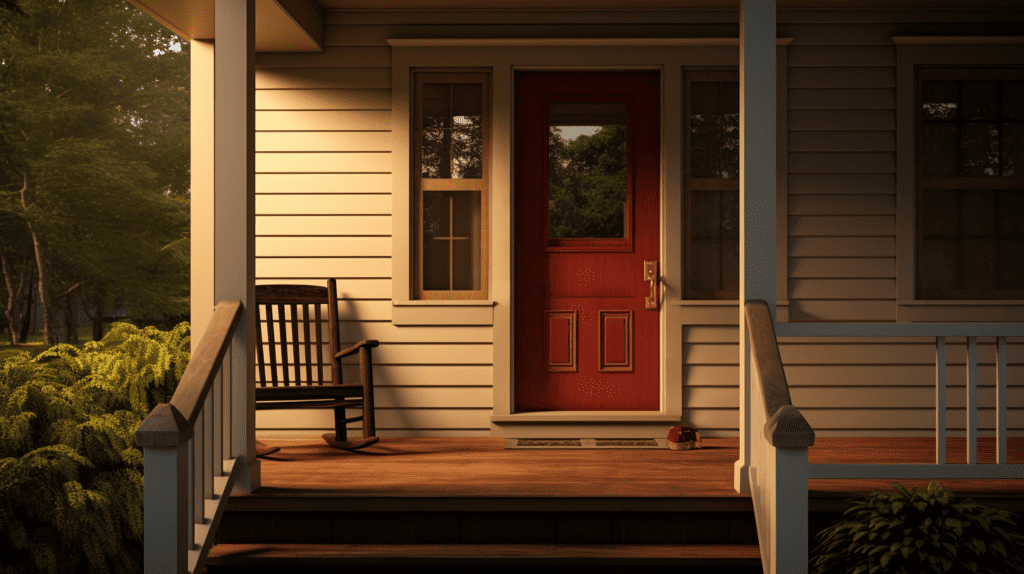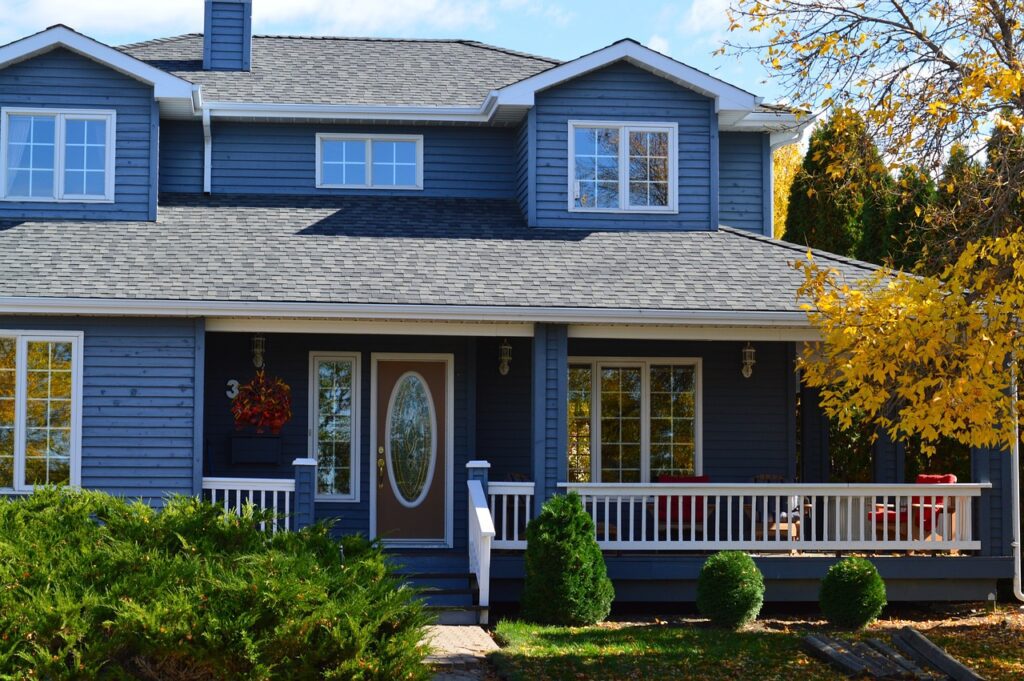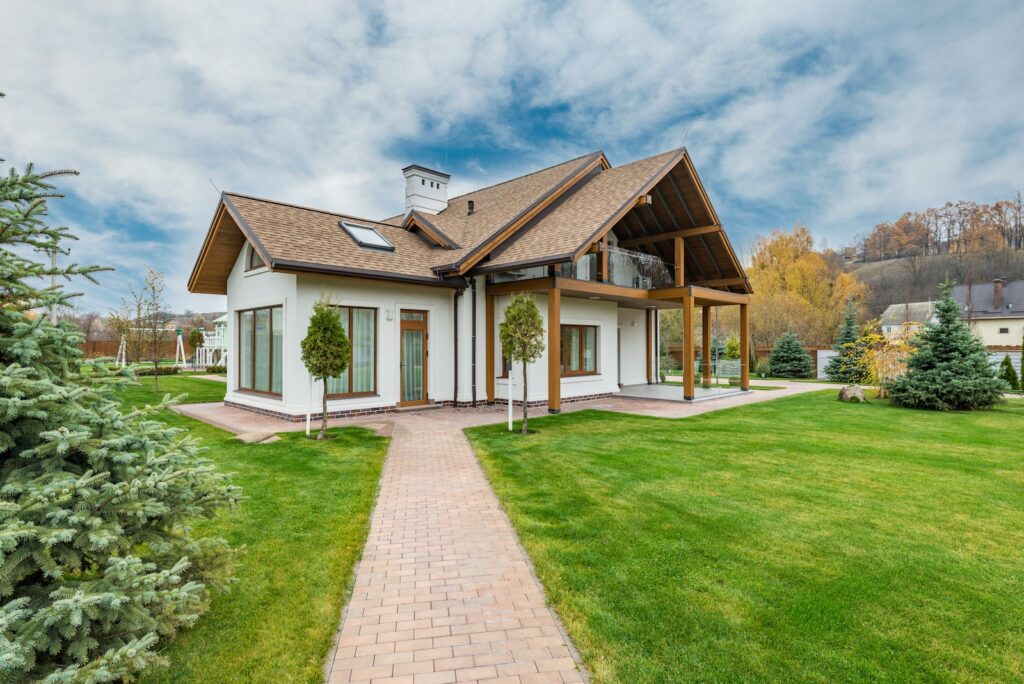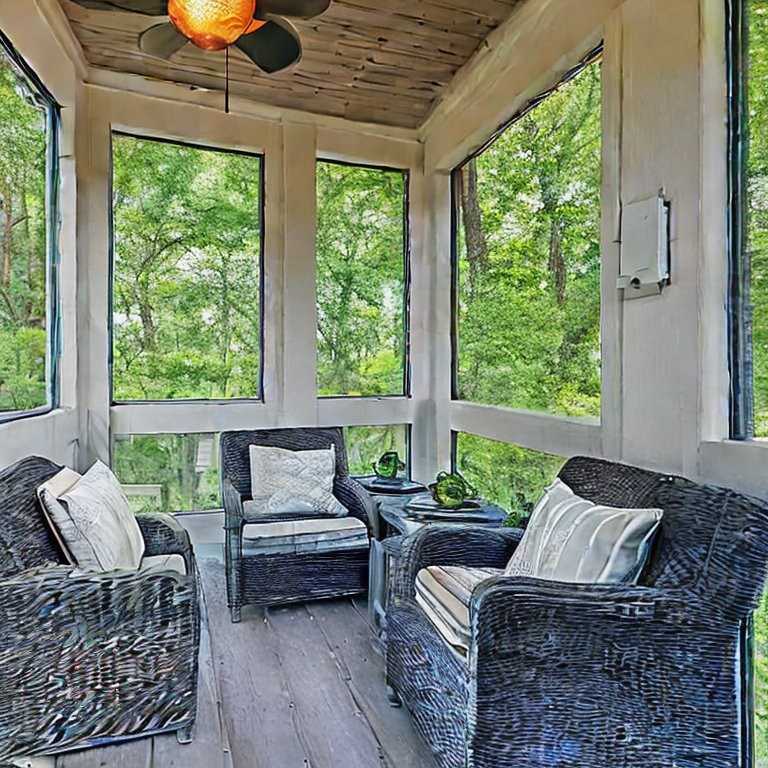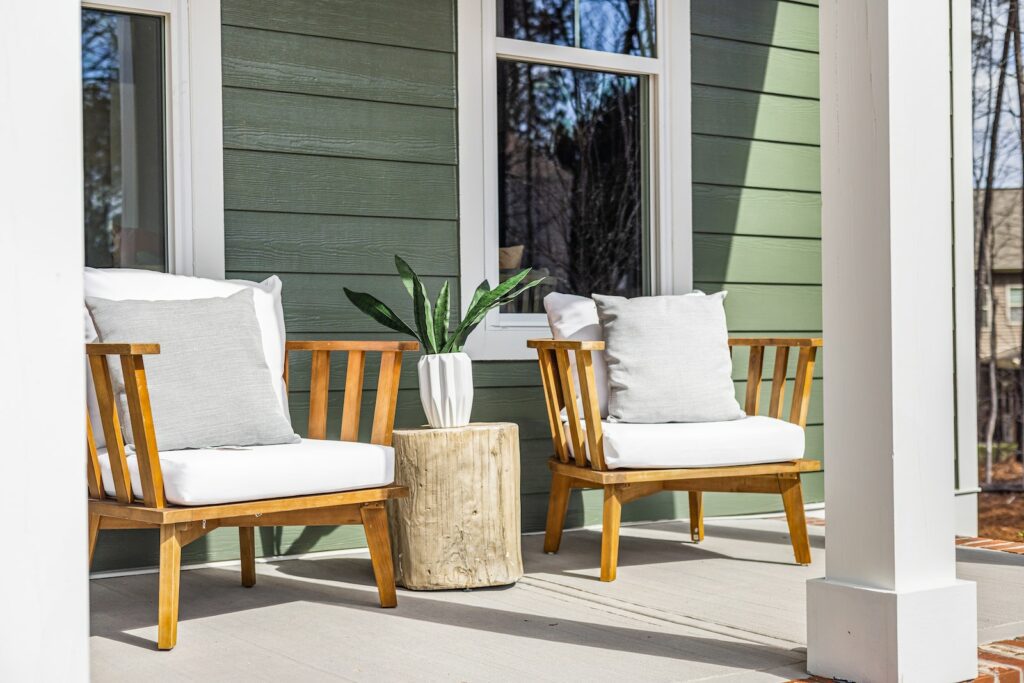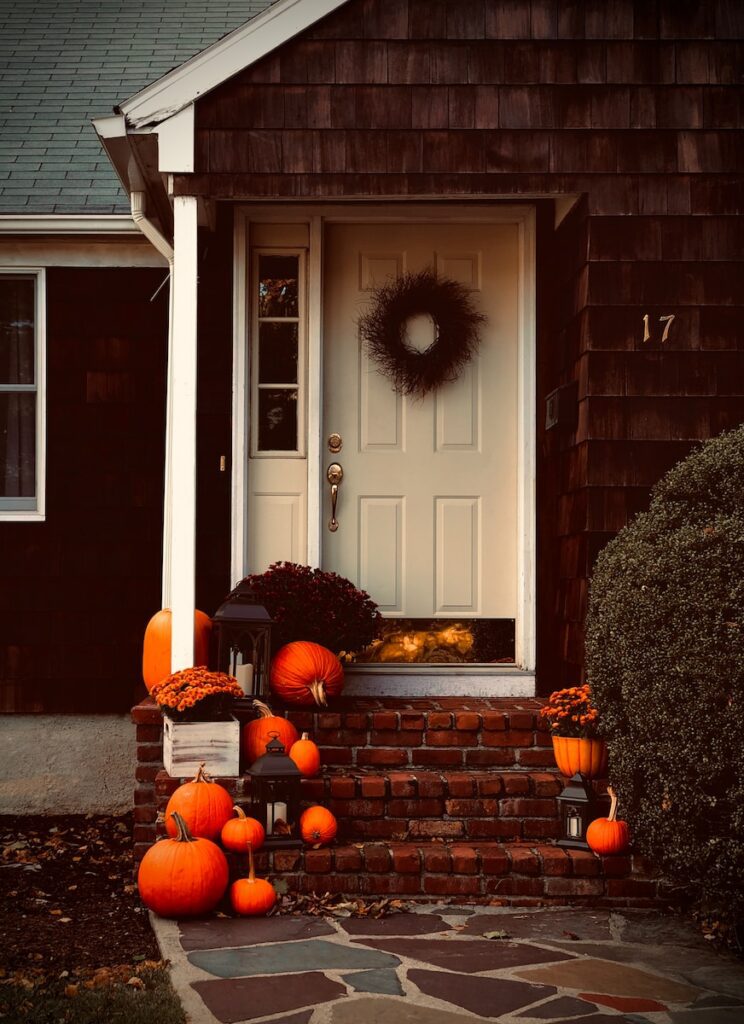Ever thought of adding a dramatic flair to your home’s entrance? Or looking for a way to make a grand statement that says, “Welcome to my abode!”? Enter: wide front porch steps. While often overlooked, they’re the unsung heroes in making a home stand out. But, how do you make the most out of this architectural feature? Stick around, and let’s delve into some fabulous wide front porch steps ideas.
Why Go Wide?
Contents
Before we dive into designs and materials, let’s address the elephant on the porch: why even consider wide steps? Besides the undeniable visual appeal, wide steps offer more space for décor and can make your entrance seem grander and more inviting. Plus, they’re practical, providing better accessibility and safety.
1. The Classic Wooden Wide Steps
Wood is timeless. Be it rustic charm or a modern minimalistic feel, broad wooden steps can be both versatile and elegant. Pair it with a contrasting railing for a standout look. Just remember to weatherproof and maintain them regularly.
2. Modern Stone Steps
Ever considered stone steps? Think slate, granite, or even limestone. Stone offers durability, and its natural variation in patterns means each step is unique. Combine wide stone steps with potted plants on each side, and you’ve got an entry straight out of a magazine.
3. Tile It Up
For those who love a touch of artistry, tiles can be your best friend. Ceramic or porcelain tiles can create a mesmerizing mosaic on your steps, ensuring your porch isn’t just functional but also a work of art.
4. Step Up With Planters
Imagine each wide step flanked with vibrant blooms or verdant greens. Using planters on the sides of each step can give your entrance a fresh, organic feel, making every homecoming feel like a walk through a garden.
5. Illuminated Steps
Why should your steps fade into darkness come nightfall? LED lights embedded into the sides or undersides of the steps can guide guests and add a futuristic touch to your porch.
6. Combine Materials
Why stick to just one material? Mix wood with stone or tiles with bricks. The contrast can amplify the visual appeal and make your porch steps truly unique.
7. Stamped Concrete For The Win
Seeking durability but don’t want to compromise on design? Stamped concrete mimics the look of stone, brick, or even wood but comes without the hefty price tag. Plus, it’s low maintenance!
8. Gradient Coloring
Ever seen steps that seem to magically transition in color? Starting with a dark shade and gradually transitioning to a lighter hue, or vice-versa, can be an attention-grabber.
9. No Railing, No Problem
For a clean, uninterrupted look, skip the railings. This idea works best when the steps aren’t too high and the sides are adorned with décor or greenery.
10. The Curve Appeal
Who said steps need to be straight? Curved or semi-circular wide steps can provide a unique aesthetic, breaking the monotony of linear designs.
Conclusion
Wide front porch steps are more than just a pathway to your home. They’re a canvas, waiting for your personal touch. Whether you opt for the rustic allure of wood, the eternal charm of stone, or the vibrant playfulness of tiles, the possibilities are endless. So the next time you’re considering a home revamp, remember: It all starts with a step.
FAQs
- Are wide front porch steps more expensive than regular steps?
While they can be pricier due to the extra materials required, the investment often pays off in aesthetics and functionality. - How wide should front porch steps be?
It’s subjective, but a width of 48 inches or more is typically considered “wide” for front porch steps. - Do wide steps need railings?
While not always necessary, railings can provide added safety, especially if the steps are high. - How can I decorate my wide front porch steps seasonally?
Use outdoor rugs, lanterns, seasonal plants, or even pumpkins and wreaths for festive times. - Which material is best for low maintenance wide front porch steps?
Stamped concrete or stone are durable and require minimal upkeep compared to wood.
